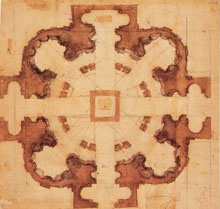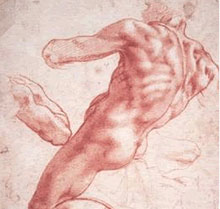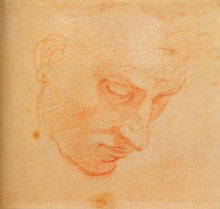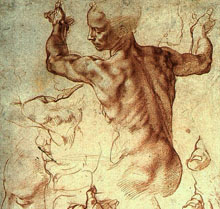history
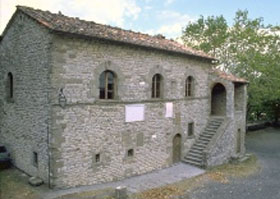
Michelangelo Buonarroti was born on March 6, 1475, in Caprese, a Tuscan village near Arezzo. He was the second of five male sons of the Buonarroti Simoni family, in economic difficulty. His mother died in 1481, when Michelangelo was six years old. From Caprese they returned to Florence. From a very young age he showed his artistic talent for sculpture, a discipline in which he began to excel. In April 1488, when he was twelve years old, he entered the workshop of the famous Ghirlandaio for a year, after which, under the tutelage of Bertoldo di Giovanni, he began to frequent the garden of San Marco de los Médicis, where he studied ancient sculptures that were gathered there. His first artistic works aroused the admiration of Lorenzo the Magnificent, who welcomed him in his Palace of Via Longa. One day, leaving the garden of the Medici, was when Pietro Torrigiano punched him and broke his nose; As a result, his nose remained flat throughout his life, as can be seen in all his portraits.
main works
today
The artist practiced sculpture, painting, drawing, architecture and poetry. He died in Rome in the year 1564. Currently his works are found in many museums and places in Florence, Rome, Siena, Bologna, Paris, London, St. Petersburg, New York- In our exhibition, Michelangelo the Divine ; the exhibits were recreated as precious antiques, by means of digital scanners, robotic systems combined with the patient work of sculptors and artisans to recreate the most important and significant works of Michelangelo.
In this way, the visitor can admire in one place, and gathered all together, works that are actually located hundreds of kilometers away and would require days of travel.
drawings


